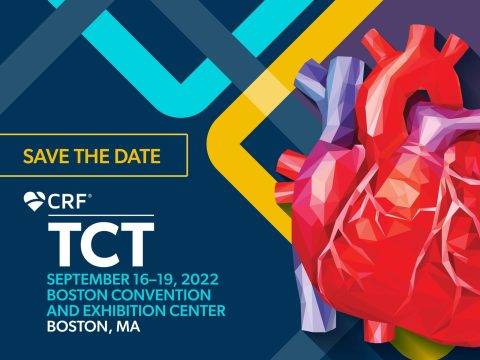The SYMPLICITY 3-year outcomes are out. Bear in mind this is the largest study we have had so far.

It included 535 patients. 364 received renal denervation (RDN) and 171 went to the control group.
At 36-month followup, 101 patients crossed over.
The procedure was safe at 36 months, both for patients receiving it at randomization and for those who crossed over.
At 36 months we saw a significant reduction of systolic and diastolic BP in patients receiving RDN (-26.4 mmHg vs. -5.7 mmHg p<0.0001 and 12.2 mmHg vs 2 mmHg p<0.001 respectively). In addition, even though the number of drugs saw no change, there was a reduction in the number of pills a day.
24-hour ambulatory BP also saw a significant reduction in systolic and diastolic BP in patients receiving RDN (15.6 mmHg vs. 0.32 mmHg and -9.9 mmHg vs 0.5 mmHg p<0.0001 respectively).
Read also: TCT 2022 | RADIANCE II Pivotal Trial.
The authors have concluded this is a safe procedure and the benefits of reducing systolic and diastolic BP will last 3 years.

Dr. Carlos Fava.
Member of the Editorial Board of SOLACI.org.
Original Title: Long-Term Outcomes Following Catheter-Based Renal Denervation in Patients With Uncontrolled Hypertension: 3-Year Follow-up of the SYMPLICITY HTN-3 Trial.
Presenter: Deepak Bhat.
Subscribe to our weekly newsletter
Get the latest scientific articles on interventional cardiology





